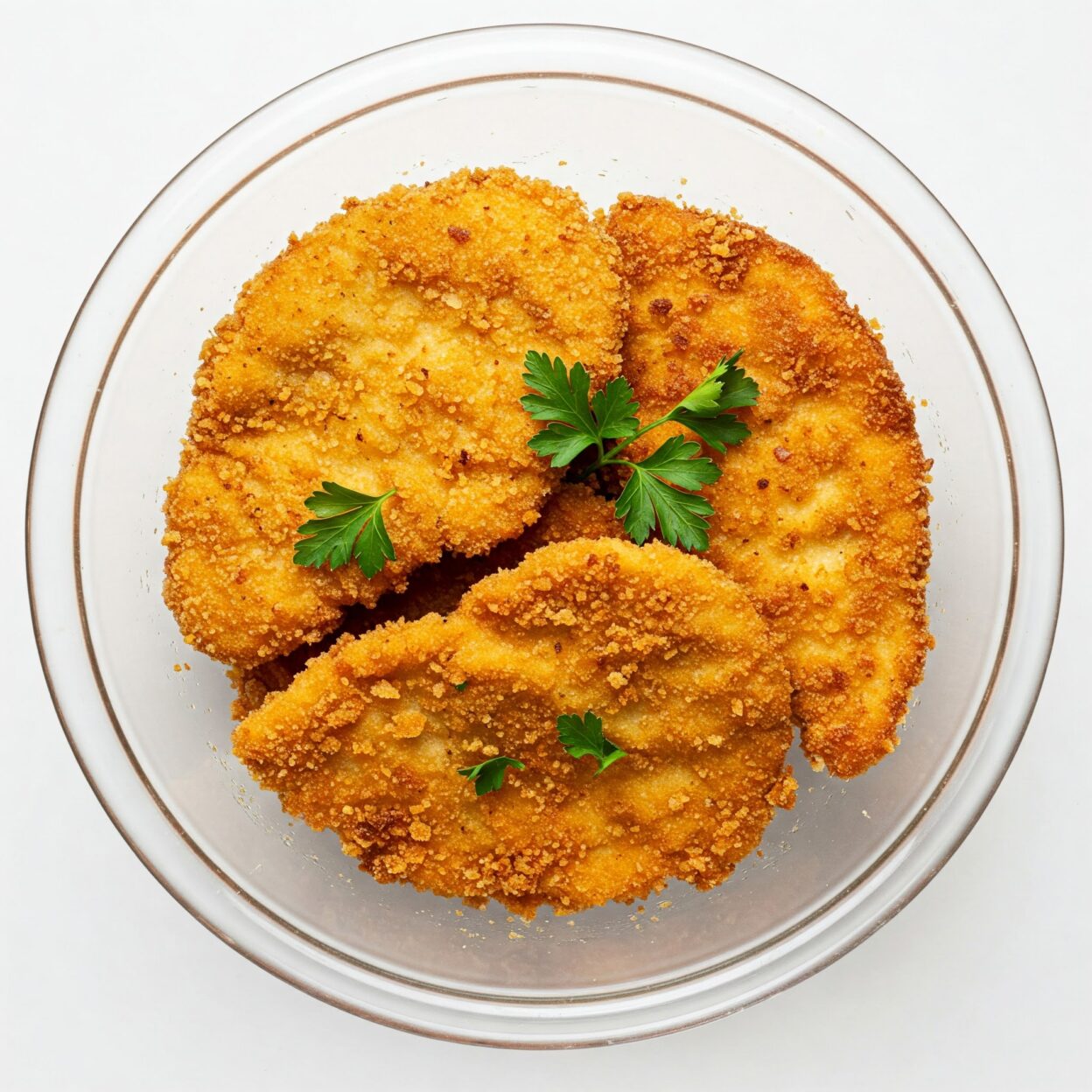Introduction
Chicken Schnitzel is a beloved dish that has captured the hearts and taste buds of food lovers across the globe. Its roots lie in the traditional Austrian dish known as “Wiener Schnitzel,” originally made with veal. However, as culinary traditions evolved and adapted, chicken schnitzel emerged as a popular alternative, providing a lighter and more accessible dish without sacrificing flavor or enjoyment.
In its simplest form, chicken schnitzel is chicken breast that is pounded thin, breaded, and fried until golden brown and crispy. This dish is not just about the chicken; the preparation is key to ensuring the perfect crunch and flavor combinations. Whether served with a drizzle of lemon, a side of creamy coleslaw, or a heap of mashed potatoes, chicken schnitzel is a comforting dish that appeals to people of all ages.
Throughout this article, we will dive into the cultural significance of chicken schnitzel, explore its history, provide an in-depth recipe with step-by-step instructions, offer tips and tricks for success, share delightful pairing and serving suggestions, and even touch on variations that can keep this dish interesting for every palate.

